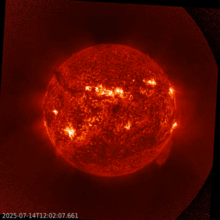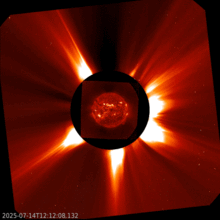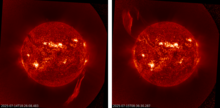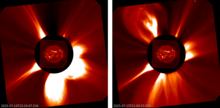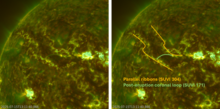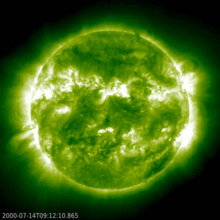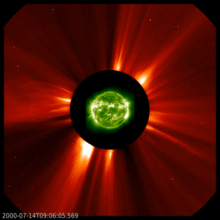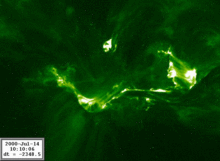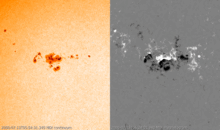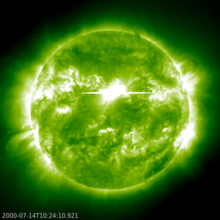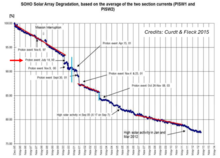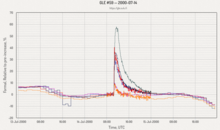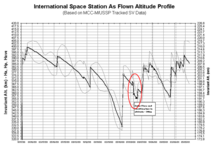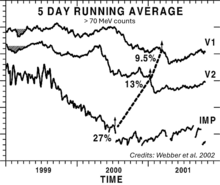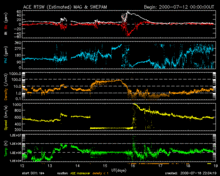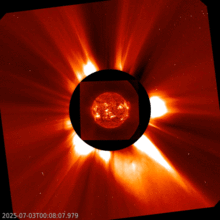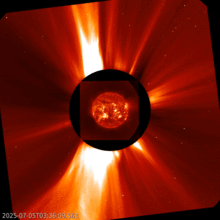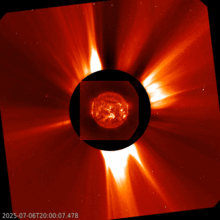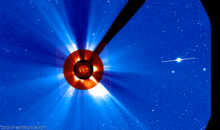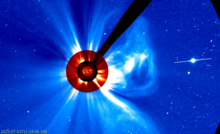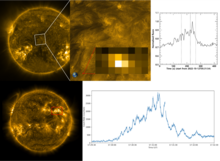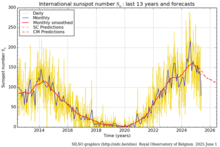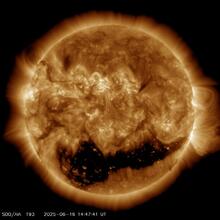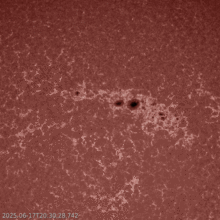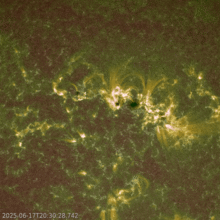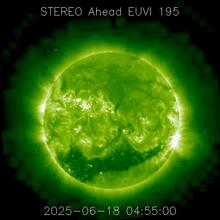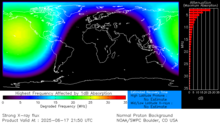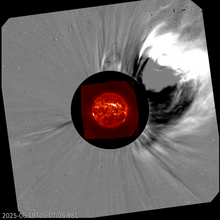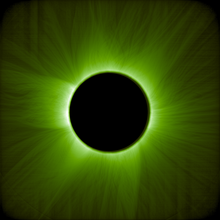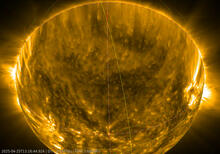news
Submitted on 2025-07-22
Two very nice prominence eruptions were observed on 14 and 15 July. The associated CMEs were not earth-directed.
Submitted on 2025-07-15
Twenty-five years ago, one of the most powerful solar storms of SC23 rocked geospace and affected a whole series of technologies.
Submitted on 2025-07-08
Some impressive prominences erupted last week. None of the associated CMEs is directed to Earth.
Submitted on 2025-07-02
Superactive regions represent less than 0.5% of all active regions during a solar cycle, yet they are the source of 30-45% of all X-class flares.
Submitted on 2025-06-30
The world top experts on coronagraphy met at the Royal Observatory of Belgium for the 11th Science Working Team meeting of the ESA Proba-3 mission. Andrei Zhukov and his team which works on the main instrument ASPIICS, were the hosts.
Submitted on 2025-06-26
New findings from the Solar Orbiter spacecraft reveal that even the tiniest bursts of activity from the Sun may behave like their larger counterparts.
Submitted on 2025-06-23
The STCE's SC25 Tracking page has been updated. The latest SIDC/SILSO provisional data indicate that SC25 reached a maximum smoothed monthly sunspot number of 160.8 in October 2024.
Submitted on 2025-06-18
SIDC Sunspot Group 523 (NOAA Active Region 4114) produced an X1.2 flare on 17 June and an X1.9 flare late on 19 June. No coronal mass ejection seems to have been associated with these flares. ***UPDATED (1)***
Submitted on 2025-06-16
This is the image of the duo-satellite Proba-3 making solar eclipses, released by the European Space Agency, ESA.
NL - FR
Submitted on 2025-06-12
Thanks to a push from planet Venus earlier this year, the orbit of the Solar Orbiter spacecraft was tilted. A century ago mankind raced to explore the poles of the Earth, now Solar Orbiter made its way to the poles of the Sun. For the very first time the solar poles have been imaged!
Pages
Zircon - This is a contributing Drupal Theme
Design by
WeebPal.

